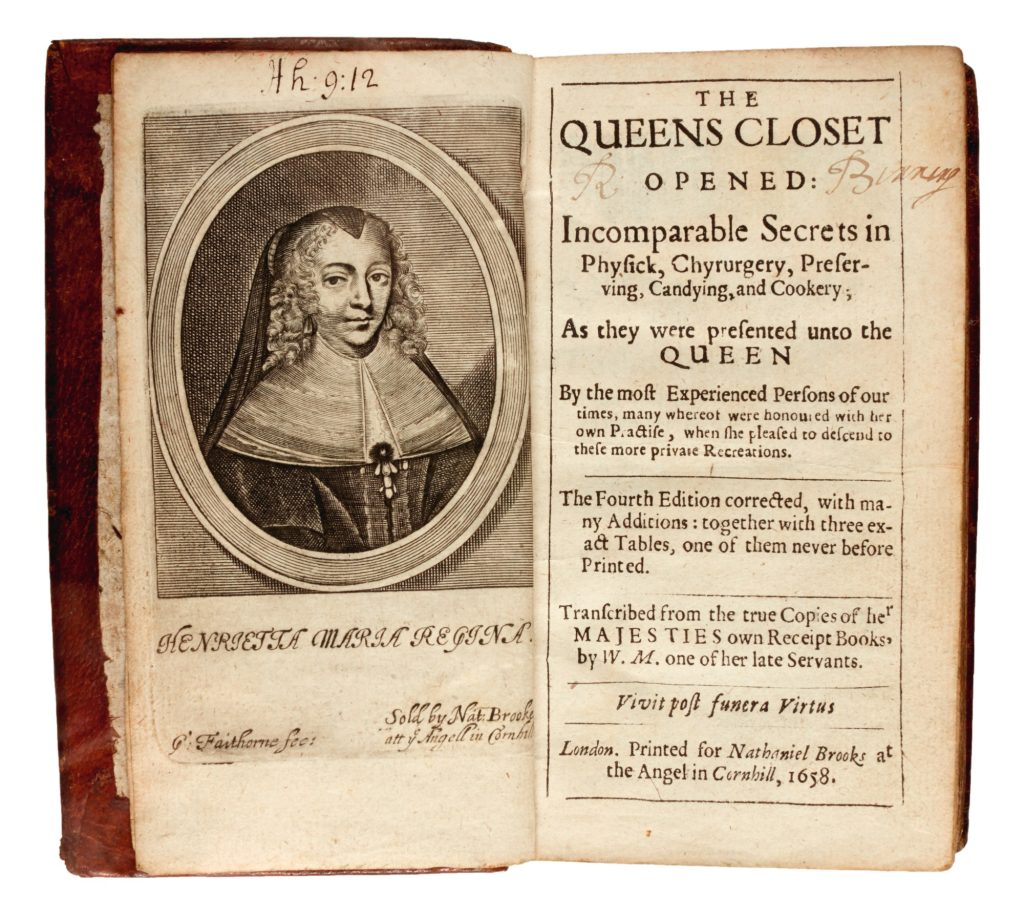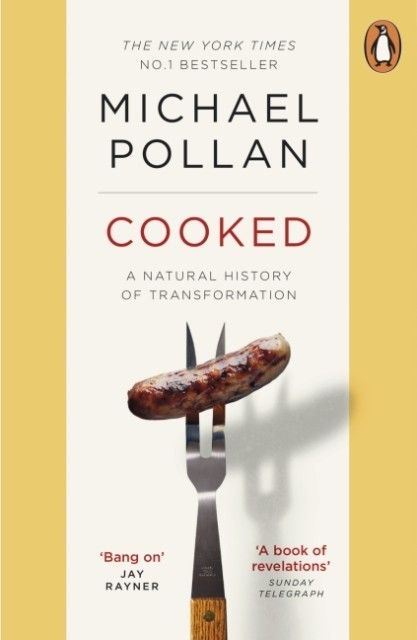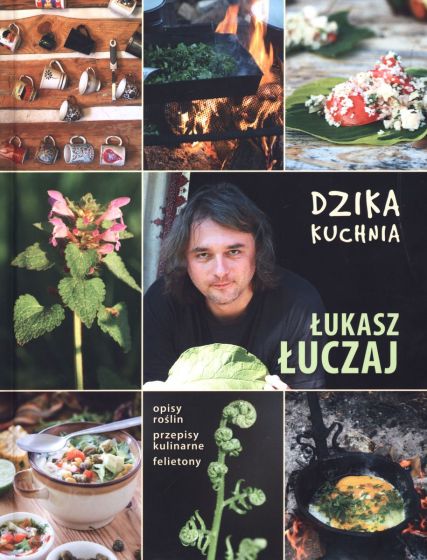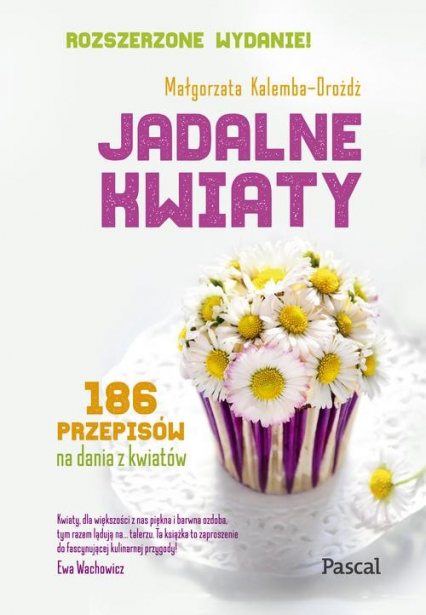
13 Mar ART-723-Literature for the implementation of the project
The Queens closed opened 1655

The popularity of The Queen’s Closet Opened cookbook published in 1655 shows that our fascination with the private lives of famous people is nothing new. Aiming to reveal the domestic secrets of Henrietta Maria, the French wife of the executed King Charles I, The Queen’s Closet enticed 17th-century readers with a glimpse into the world of royalty.
When the book first appeared, Charles had been dead for six years, England was ruled as a Commonwealth under Cromwell, and the widowed Henrietta Maria was living in exile in France. In 24 years of marriage, Henrietta Maria was never popular with the English – she was too French, too Catholic, and believed she had too much power over her husband. She hoped that by associating it with traditional women’s activities and accrediting many recipes from famous English aristocrats, The Queen’s Closet would help change her image.
Written by “W.M.”, known to his contemporaries as Henrietta Maria’s personal secretary, Walter Montagu, The Queen’s Closet was part of a new trend in home cookbooks. Prior to the 17th century, these were luxury items, intended mainly for professional cooks, but increased literacy, improved printing, and an expanding class of merchants and landowners created a new market for household advice.
The three sections of the book deal with remedies, sweets, and general home cooking. There are recipes for improving beauty, treating diseases, and helping with childbirth.
A Renaissance woman was advised to rub herself with the crushed shells of 52 eggs where her “hair stood up” or “for halitosis” to drink rosemary flowers “boiled” in white wine. However, in some cases, the cure sounds worse than the disease. For pyres, for example, were treated with “a spoonful of white dog dung, frankincense, honey, rose oil, and egg yolk … pounded into the foundation” and the cure for plague was to put a plucked, live “rooster chick” rump over any open wounds until the bird ” stares, works, and dies. Perhaps in the face of probable death from the plague, rubbing the bottom of a live, featherless chicken was a welcome pastime.
Responsibility for health has long been a housewife’s responsibility, but the art of confectionery was a relatively new trend. Sugar was the ultimate symbol of conspicuous consumption, so expensive that it was available only to the wealthiest members of society. In the 17th century, production in the colonies increased supply. It remained a luxury – a pound cost a worker the equivalent of two days’ wages – but now it was affordable for the rich, not just the super-rich. The confectionery section includes recipes for candied fruit, marmalades, lozenges, tinctures, quidonnas (fruit spreads), wines, cakes, and biscuits.
Celebrity lifestyles were a source of fascination in the 17th century, as was celebrity display. Any modern reader of The Queen’s Closet would understand that the title is a satirical allusion to the scandalous publication in 1645 of Charles and Henrietta Maria’s private letters. Published as The King’s Cabinet Opened, the letters were seen as evidence that Henrietta Maria dominated the king and actively supported English and Irish Catholics. The Queen’s Closet changed the public perception of Henrietta Maria. In the days of the Commonwealth, the book was a nostalgic reminder of the royal past, and by the time the monarchy was restored, the exiled, Catholic French queen had been reinvented as an English housewife and idealized mother.
https://www.loc.gov/resource/rbc0001.2011bit22419/?sp=1






Sorry, the comment form is closed at this time.